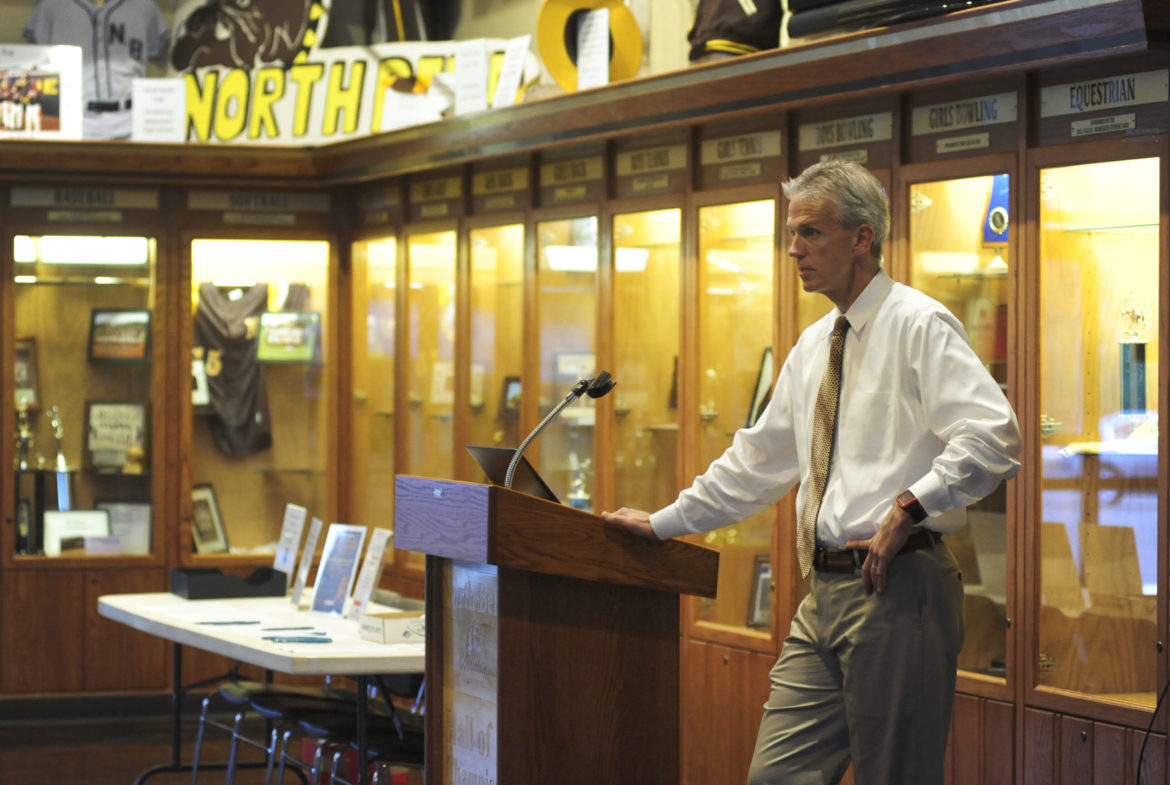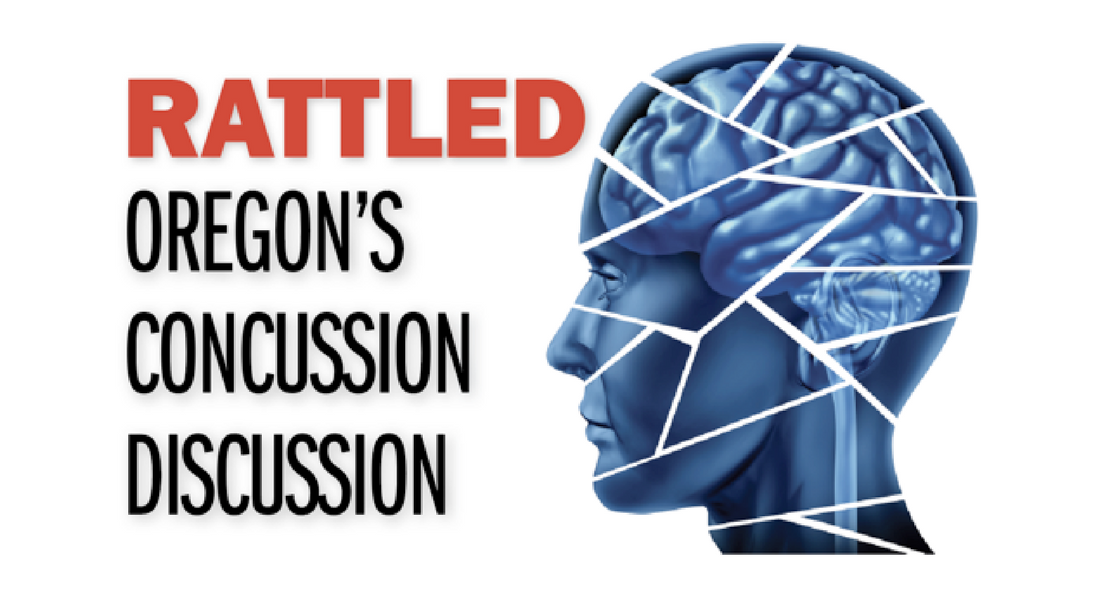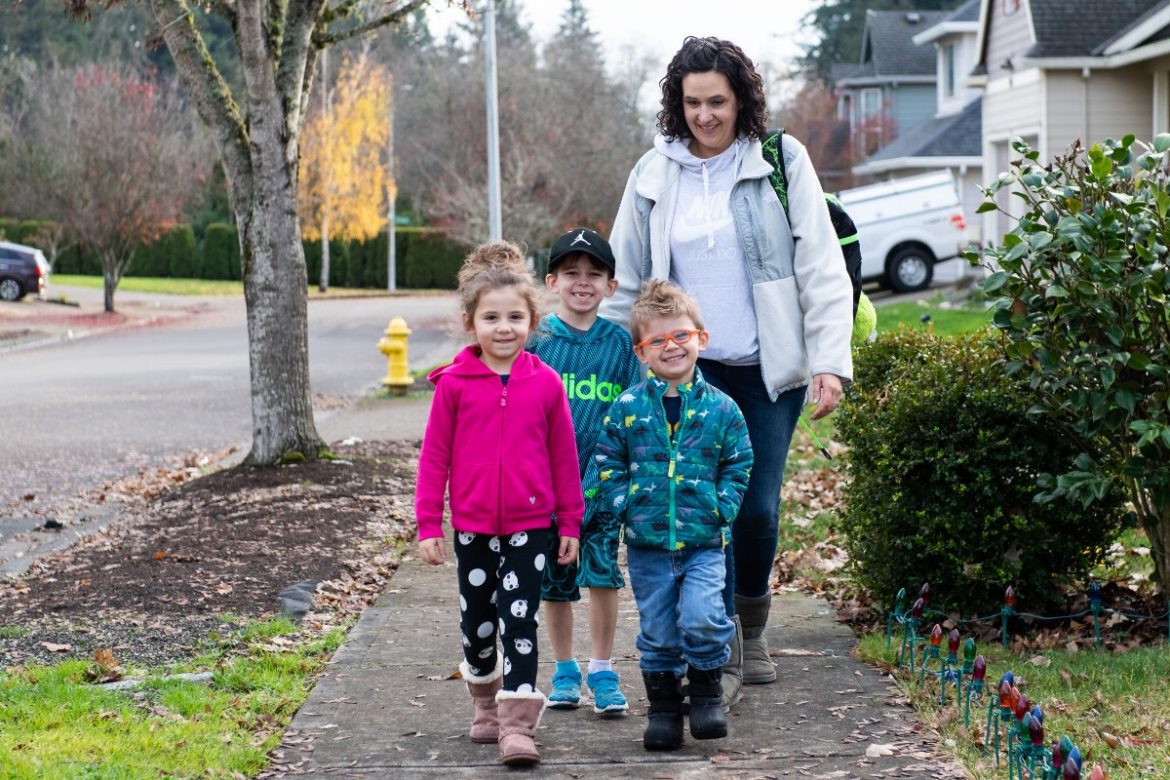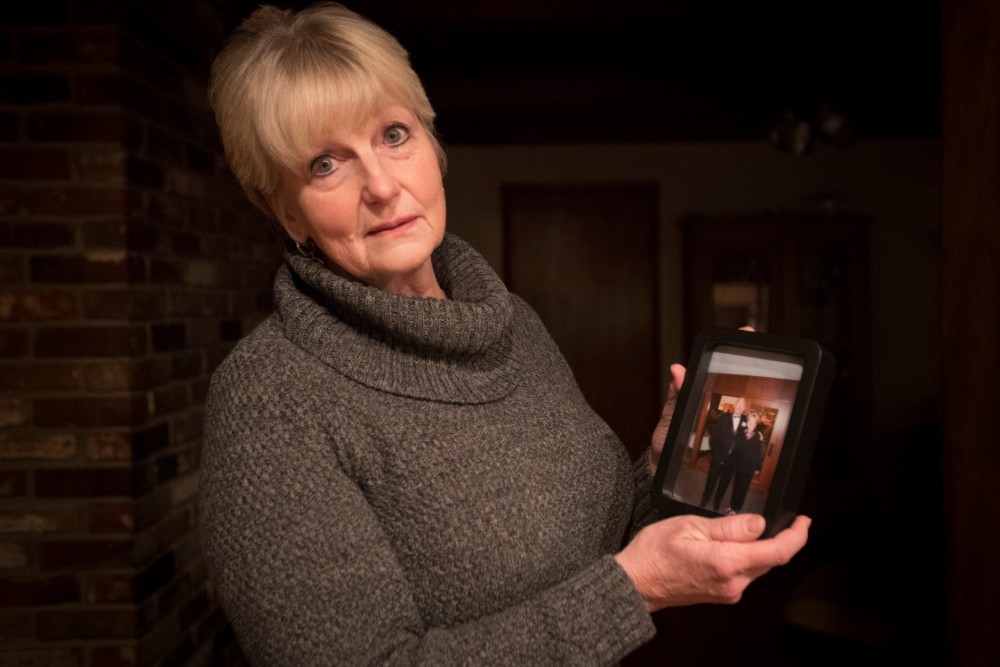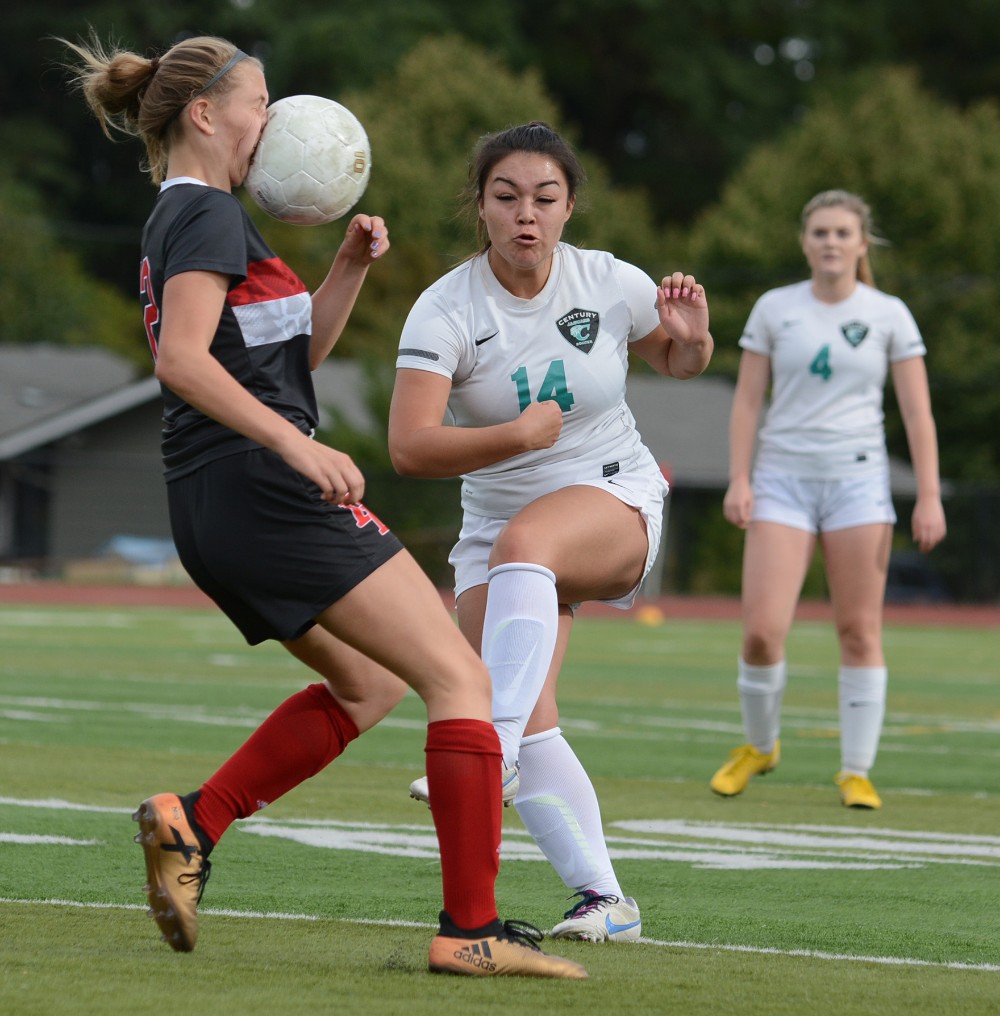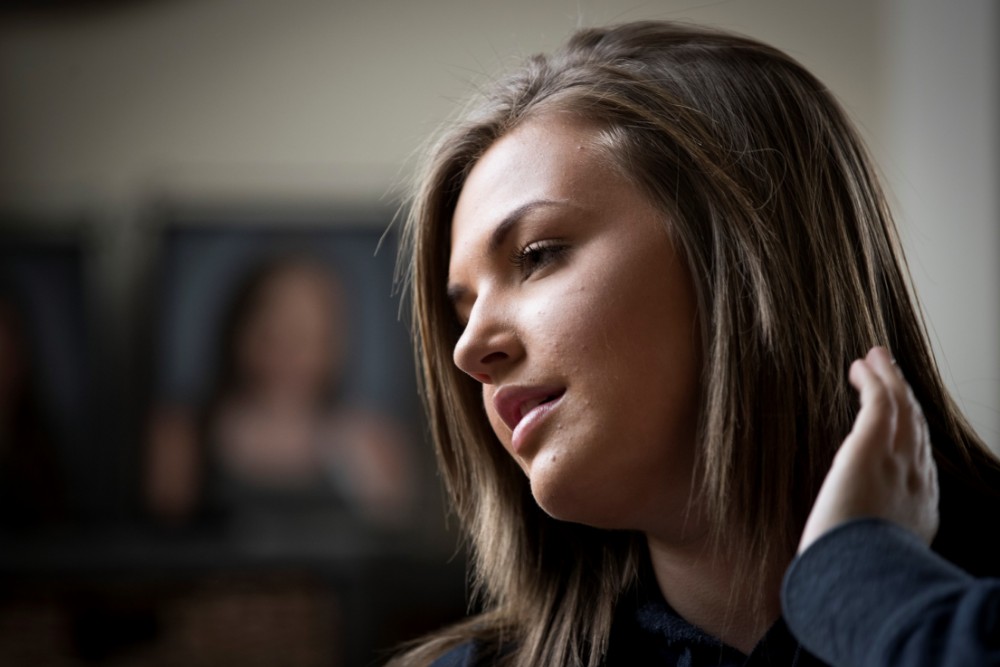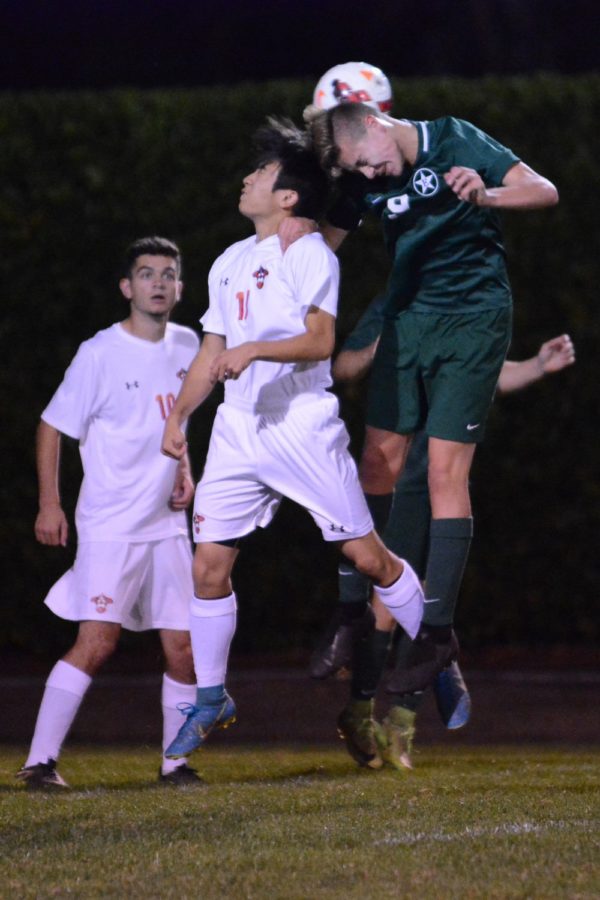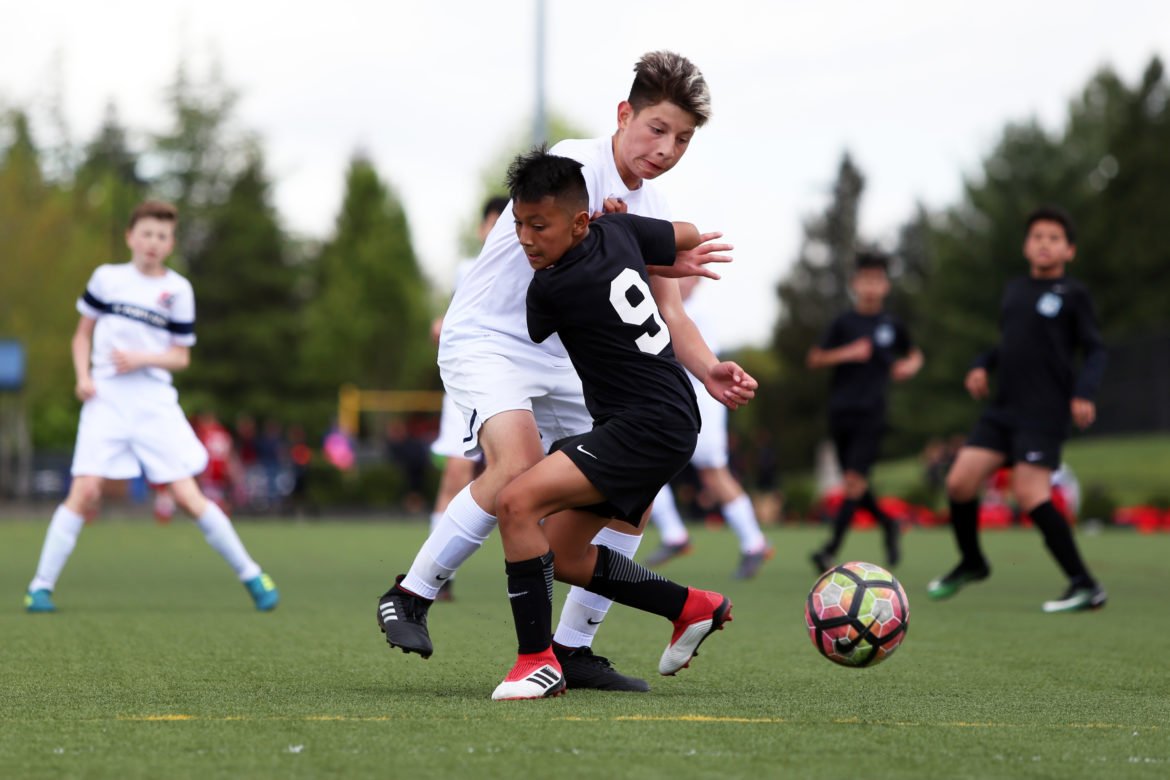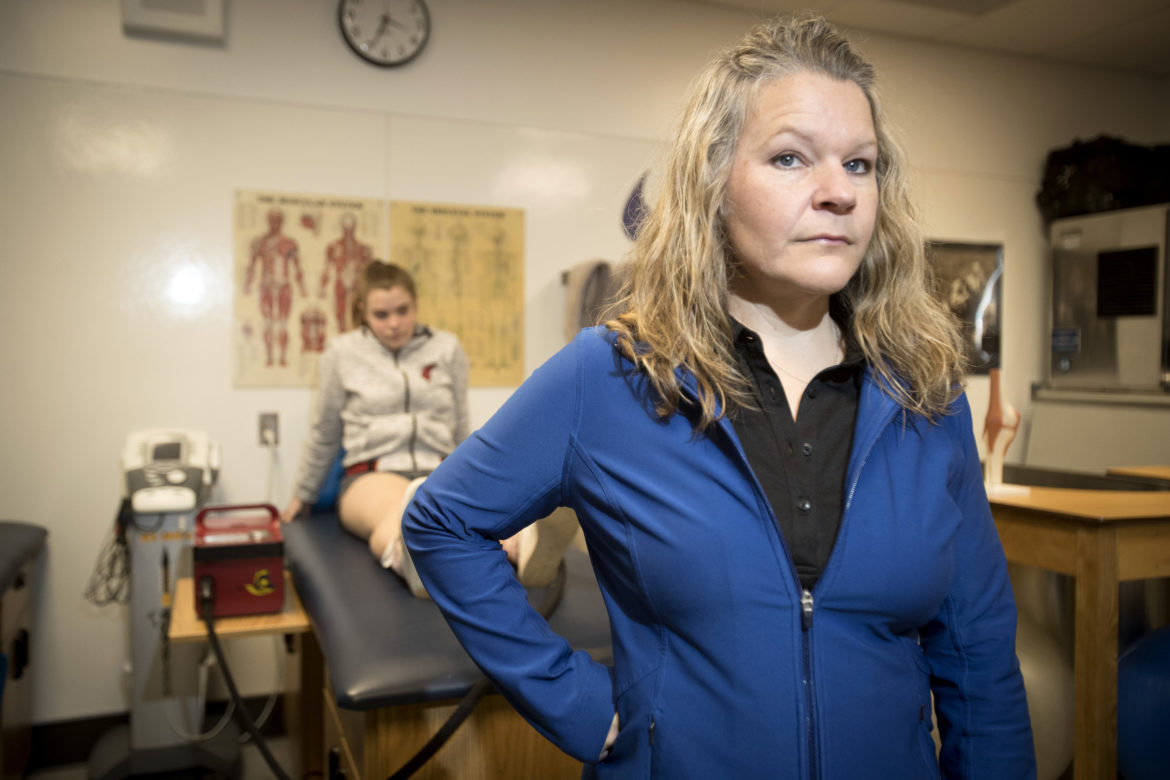
Missing the trainer: Small and rural schools are least likely to have athletic trainers Blog Post
High schools with athletic trainers are much more likely to identify and treat concussions than schools without them. Analysis by Pamplin Media Group, InvestigateWest and Reveal shows that out of the 235 public high schools in Oregon, fewer than half have at least one athletic trainer. Nearly 47,000 students, or about 28 percent of students statewide, attend schools that do not have an athletic trainer.

